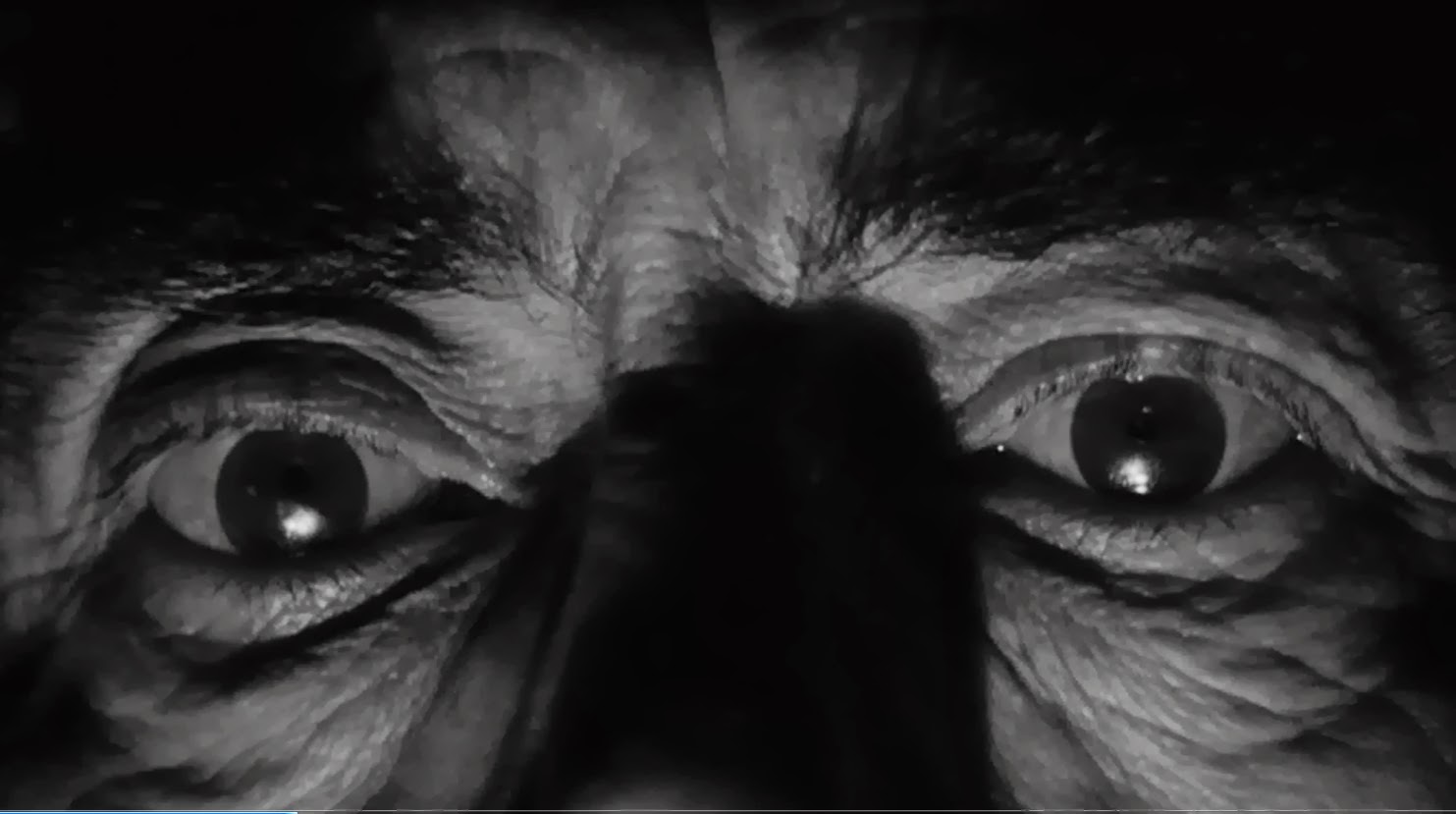Taste of Fear (1961)
(aka Scream of Fear)
"The best film that I was in that Hammer ever made."
Christopher Lee
If Psycho was Alfred Hitchcock's reaction to Les Diaboliques, then Taste of Fear was Hammer's reply to the same. Like Clouzot's 1955 French masterpiece, Taste of Fear is set in France, features a fragile leading lady and a creepy tale of psychological horror with a watery theme ...
... and just like Les Diaboliques, it is great.
So great, in fact, that I'm not going to write much about it. After all, if I have managed to get to 2014 without discovering the ending, it's only fair that you should do the same. So you are only getting the basics:
Penny Appleby (Susan Strasberg - daughter of method acting guru Lee Strasberg) is the disabled daughter of a rich man living on the French Riviera.
 |
| Susan Strasberg |
 |
| Susan Strasberg |
After ten years away, she returns home to discover her father has gone away on business leaving her step-mother Jane (Ann Todd) in charge of the house:
 |
| Ann Todd |
With no sign of her father, the rather frail Penny begins to suspect something is wrong and is suspicious of the sinister Dr Gerrard (Christopher Lee) ...
 |
| Christopher Lee |
... who seems to spend rather too much time visiting Jane.
She soon recruits the sympathetic chauffeur Bob (Ronald Lewis) ...
 |
| Ronald Lewis |
... in her quest to discover the truth.
When she spots her father one night ...
... is it sign that she is going mad? Or are her family playing tricks on her?
You want to find out? Then get yourself down to a DVD shop.
If you've read this blog before you might know that the author (i.e. me) has a growing regard for this film's director, Seth Holt. Let's face it, he made one of Ealing Studios best film - the often-overlooked Nowhere to Go - before going on to make this, one of the best films Hammer ever made. Two of the most highly regarded British production companies of the post-war era: Two of the best films to come out of those companies.
In short: Seth Holt was a great director. Let's face it, with Taste of Fear he made a film that challenges so many of the casual fan's view of what a Hammer film would be like: it's not until more than four minutes into the film that we even hear a word of English spoken.
Taste of Fear has a splendid sense of isolation; Ann Todd is subtly creepy as the (is she/isn't she?) wicked stepmother;
 |
| Ann Todd |
Christopher Lee is in one of his favourite films;
 |
| Christopher Lee |
... and Susan Strasberg is a suitably fragile heroine.
 |
| Susan Strasberg |
Splendid stuff.
P.S. Leonard Sachs - later to become famous as the compere of The Good Old Days - appears as a solicitor.
 |
| Leonard Sachs |














































